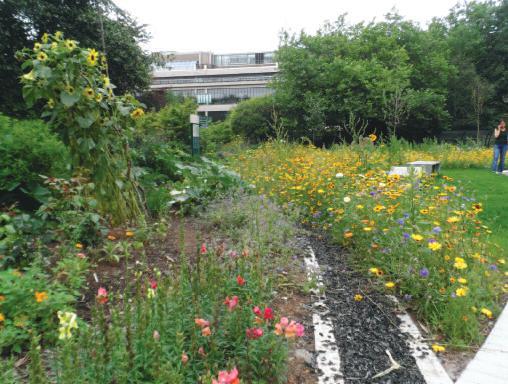Corn Chamomile Wildflower Seed
Corn Chamomile Wildflower Seed is a member of the Compositae family, originating from Europe (including Britain), and North Africa through to Asia Minor. It is fairly common throughout England and Wales but rare or absent in Scotland and Ireland, favouring arable fields and waste places on limy soils. The whole plant is aromatic, possessing a scent rather like that of the cultivated Chamomile. The name 'Chamomile' derives from the Greek words: kamai, 'on the ground' and melon, 'apple'; this refers to the plant's slightly apple-like fragrance.
Corn Chamomile Wildflower Seed is a member of the Compositae family, originating from Europe (including Britain), and North Africa through to Asia Minor. It is fairly common throughout England and Wales but rare or absent in Scotland and Ireland, favouring arable fields and waste places on limy soils. The whole plant is aromatic, possessing a scent rather like that of the cultivated Chamomile. The name 'Chamomile' derives from the Greek words: kamai, 'on the ground' and melon, 'apple'; this refers to the plant's slightly apple-like fragrance.
Latin Name
- Anthemis arvensis
Life Cycle
- Hardy-Annual
Flowering Time
- June to July
Corn Chamomile Wildflower Seed Max Flowering Height
- 20cm
Corn Chamomile Wildflower Approx Sowing Rate
- 2kg/Acre
Wildflower Site Preparation
The site should be weed free. Annual weeds should be controlled by mechanical means or by the use of contact based herbicide. Perennial weeds, for example docks thistle, nettles and couch grass can be dealt with using a translocated herbicide such as Round-Up. Cultivate to achieve a fine seed bed, sow seed mix and then roll to ensure firmness. The best results are obtained when there is good contact between the soil and the seeds.
Sowing Times
Sowing can best be achieved by mixing the seed with dry sand, dry sifted topsoil or sawdust and evenly broadcast. It is important that the seed is in contact with moisture in the soil so the seedbed should be lightly raked and then rolled.
|
MAR |
APR |
MAY |
JUN |
JUL |
AUG |
SEP |
OCT |
|
Sowing Possible |
Sowing Possible |
Sowing Possible |
Sowing Possible |
Sowing Possible |
Sowing Possible |
Sowing Possible |
Sowing Possible |
|
Optimum Sowing Possible |
Optimum Sowing Possible |
Optimum Sowing Possible |
Not Optimum Sowing |
Not Optimum Sowing |
Optimum Sowing Possible |
Optimum Sowing Possible |
Optimum Sowing Possible |

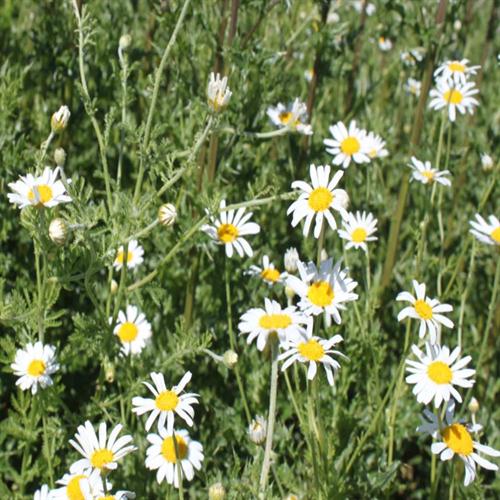
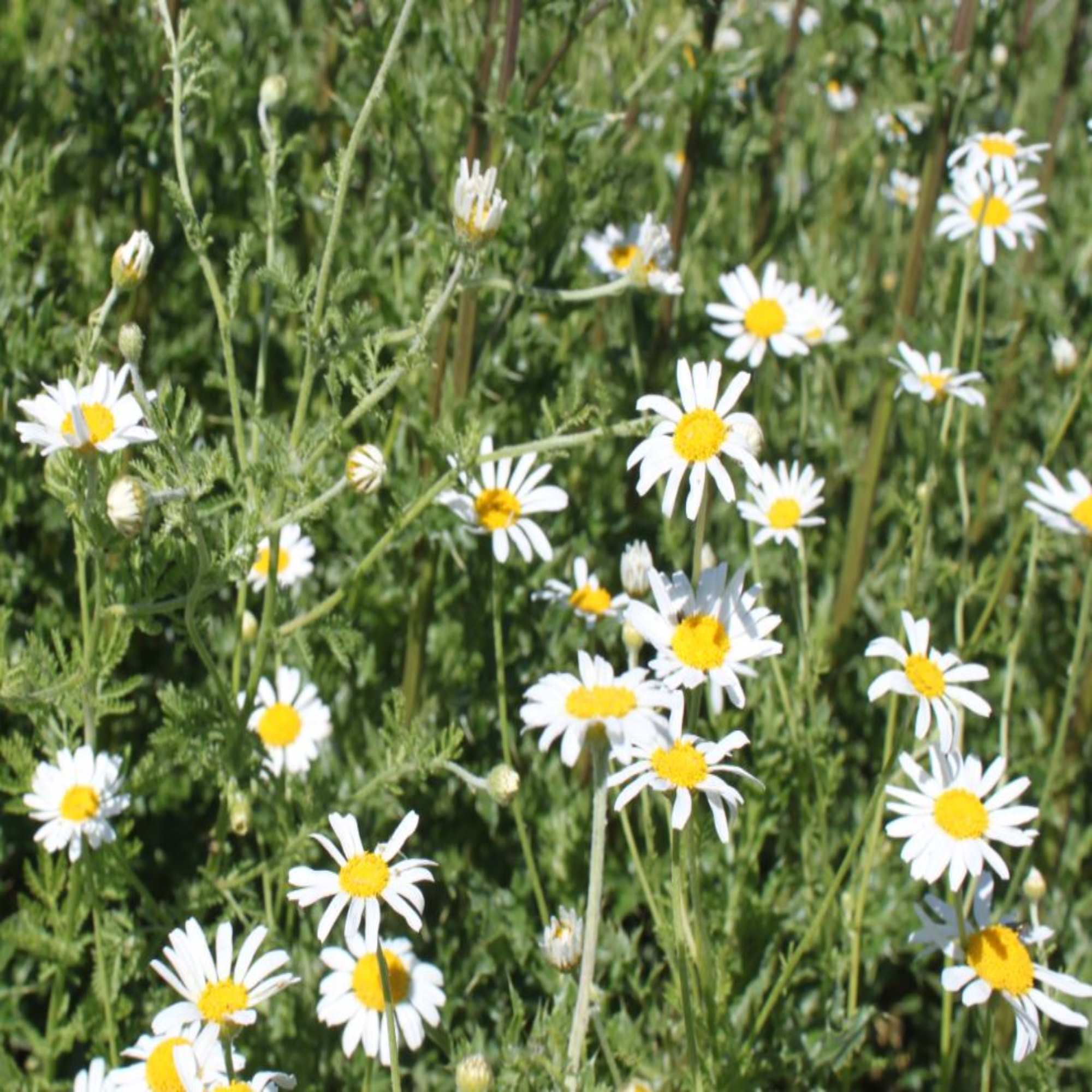

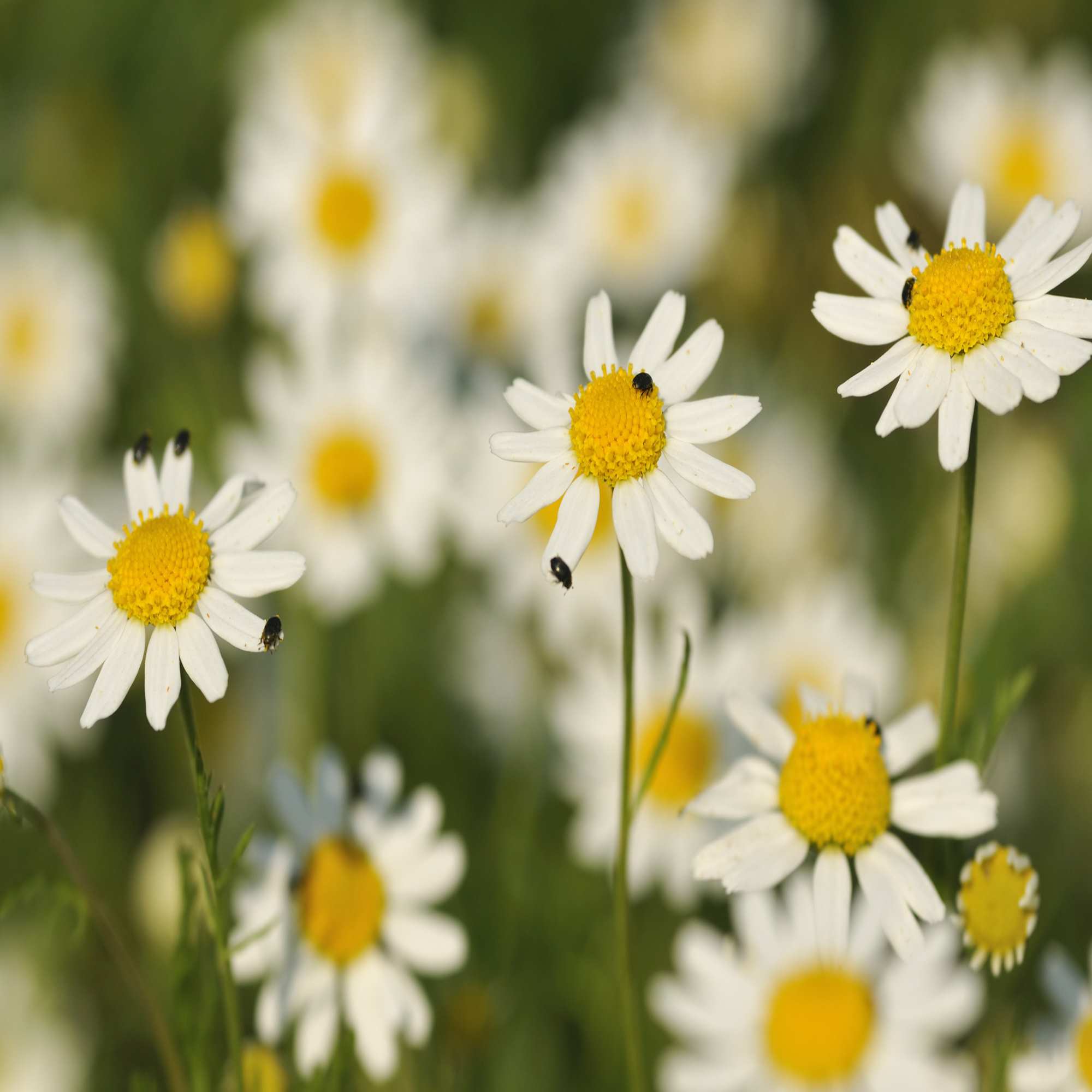
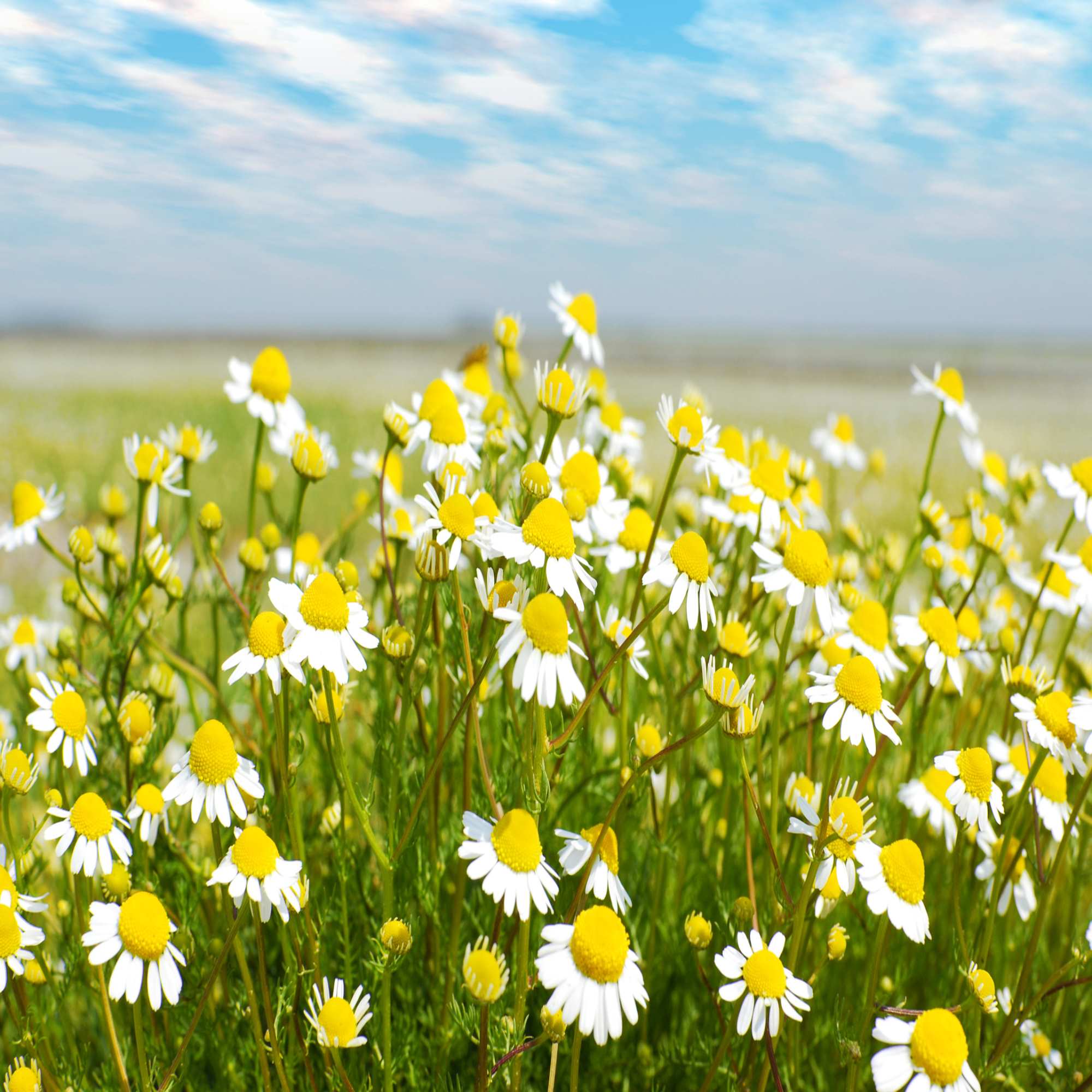
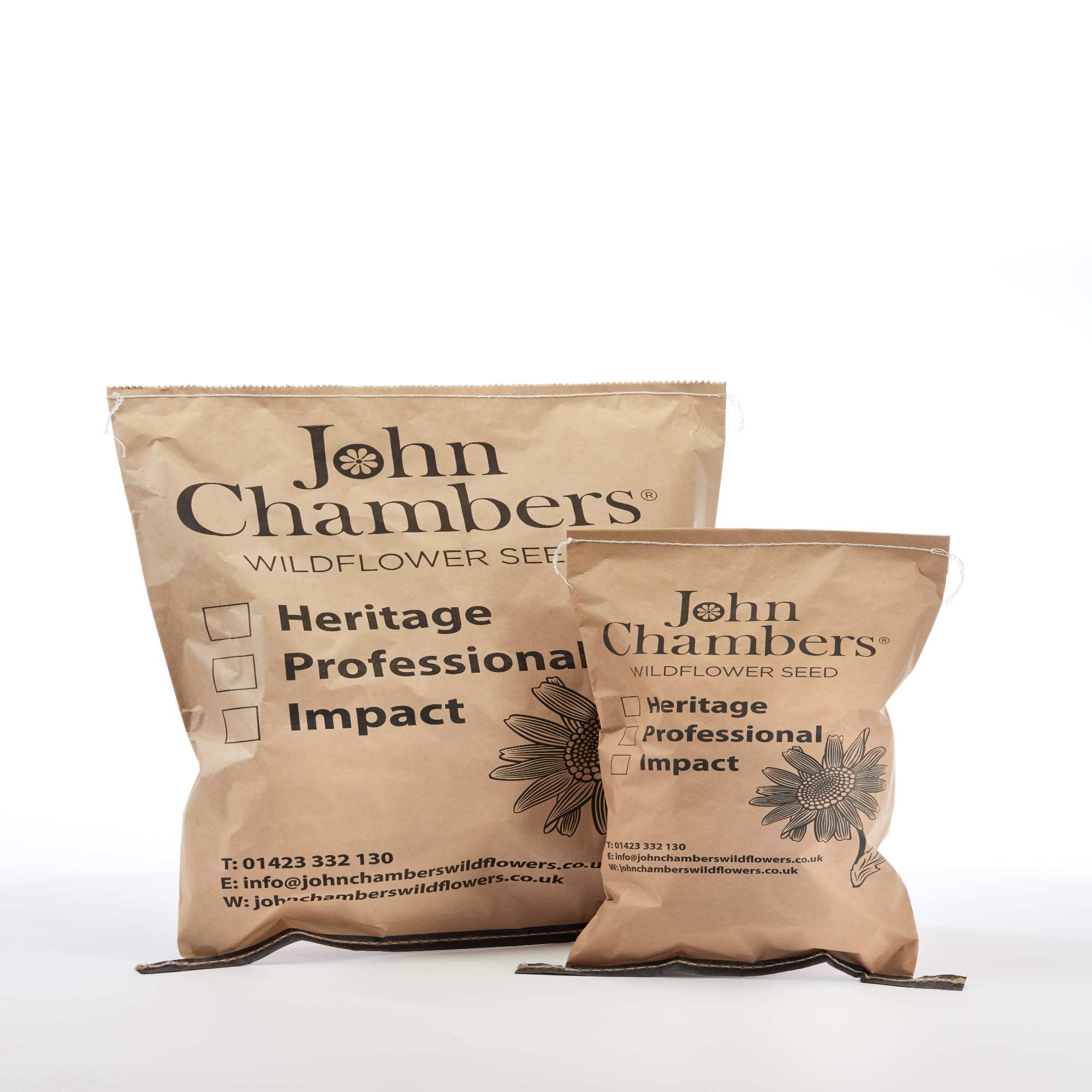
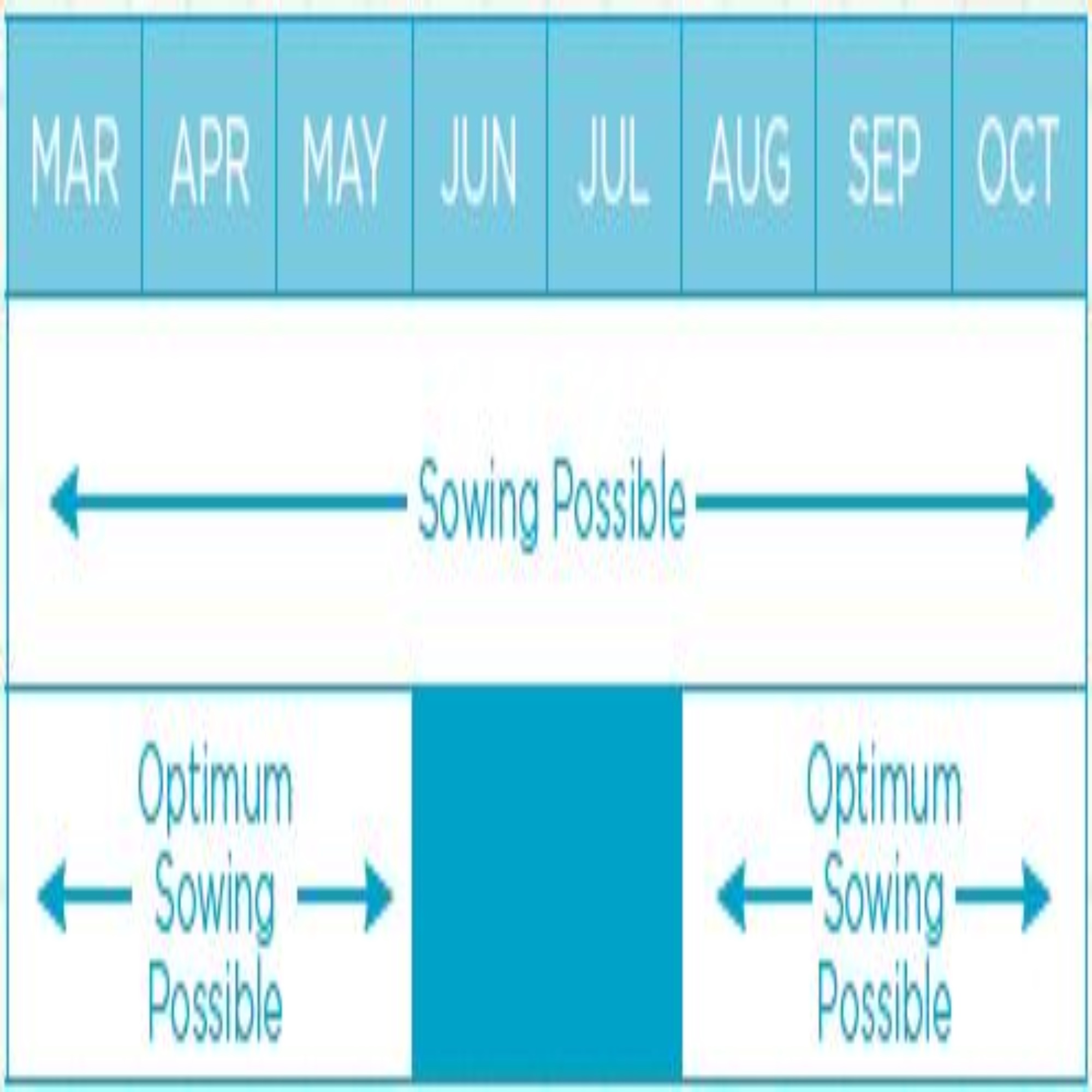

.jpg)
